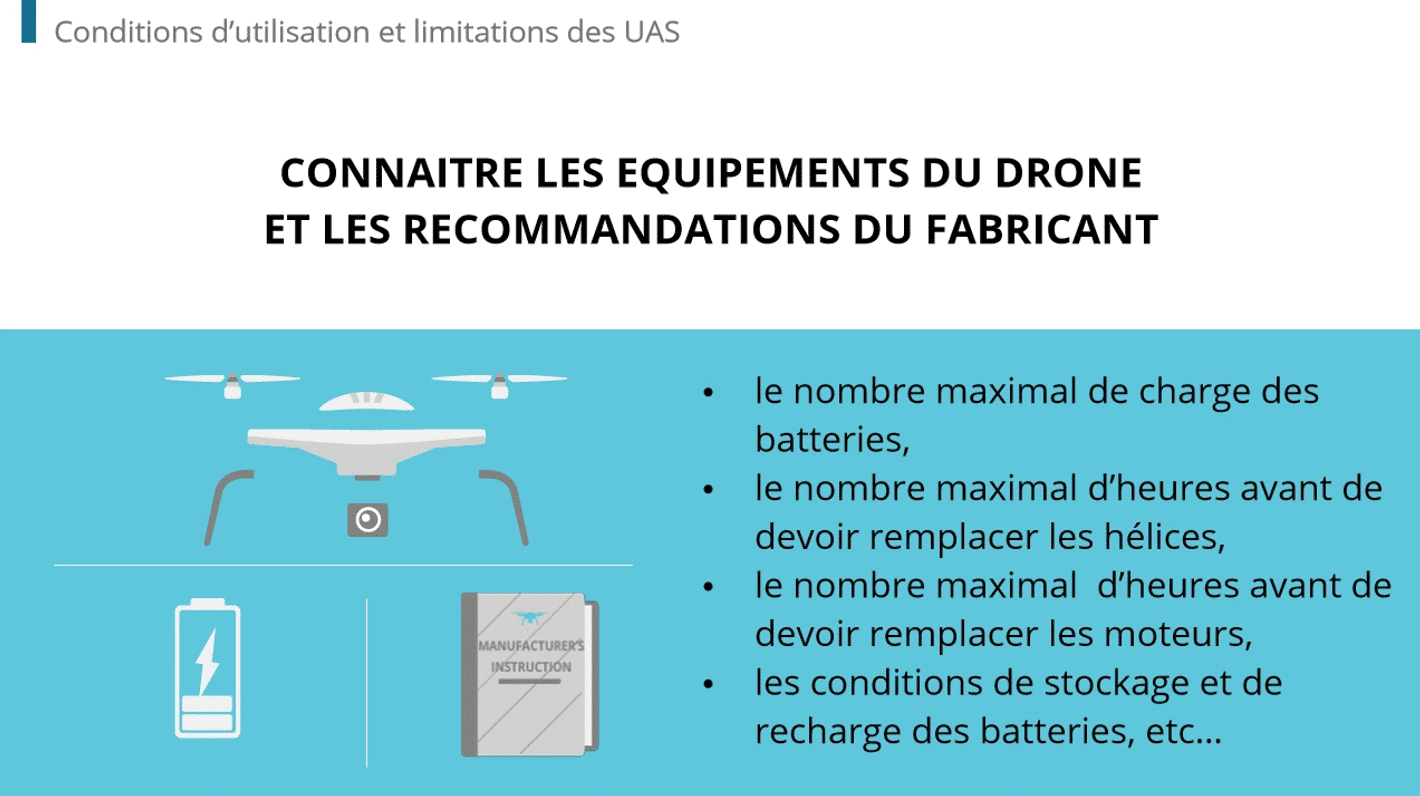On Twitter, his own social network, the richest man in the world, Elon Musk just called Americans to vote for the Republicans in the Mid-terms, ” given that the presidency is Democratic”. The owner of Tesla and SpaceX can now do whatever he wants. But not everyone is Elon Musk.
All successful businesses need also strong leadership. So how to improve corporate skills? Leaders may be hired externally or promoted from within. Regardless, these members of the workforce need the proper training to ensure their decision-making processes are in line with company values. An LMS for corporate training streamlines the educational and learning process for your organization’s upcoming leaders.
Why leadership development matters
Most companies are in unanimous agreement that employee engagement is a key component in fostering productivity and strong morale. High employee engagement begins with top-quality leadership in managerial roles. According to the Gallup Business Journal, 70% of employee engagement ratings are influenced in some form or another by company management. The business site HRD Connect, for example, cited poor communication and relationships with management as one of the primary reasons for low employee engagement.
Low engagement leads to high turnover and lowered productivity. On average, this costs companies $3,400 per employee for every $10,000 a disengaged employee earns.
The takeaway? Prioritize leadership development, and most employee engagement issues will resolve themselves as a result. Some of the world’s most prominent leaders in corporate learning led by example and always promptly addressed the needs of their staff.
Using an LMS for corporate training: Key implementations
Leadership training doesn’t have to be limited to a brick-and-mortar classroom. It’s far more cost-efficient to use an LMS to conduct your courses. Many companies have already started using LMS for their e-learning induction courses for onboarding recruits.
We suggest starting out with a free trial of an LMS for corporate training and then upgrading to a premium version if it’s a good fit. Once you have adopted an LMS for corporate learning, consider these implementations for launching your digital learning course.
1. Key areas of improvement
Leadership embodies many traits and qualities. Determine the areas that your current and future leaders will need to address that are paramount to better employee engagement. For example, let’s say employees cited lack of communication at the managerial level as a major frustration. What course modules can you include to address this? Training materials in this instance may cover communication protocols, such as open-door policies and communication through non-work mediums like Line or Skype.
2. Follow-up mini-courses
While training courses provide the information, leaders can only truly learn from on-the-job experience. After the initial training, create a smaller course two or three months later after supervisors, executives, and other higher-ups had time to implement what they initially learned. Keep the follow-up mini course short, just a single module or two, and cover material based on what was observed during this time. For example, if leaders reported trouble addressing employee concerns due to a lack of HR support, a follow-up course can cover communication protocols between leaders and HR.
3. A leader community center
Leaders can learn from their peers just as much as from a corporate training course. Create a community board where course takers can freely interact. A lot of the learners likely have previous leadership roles, perhaps in their previous employment or through volunteer work. They can share their experience and lend advice to others. HR can also use this board to make course announcements and updates.
4. Mobile-friendliness
In the age of bring-your-own-device (BYOD) in the work sphere, optimize the course for mobile phones and tablets. Keep in mind that leaders also likely interact with employees on a day-to-day basis through their phones. Their devices are practically an extension of themselves. This way, all work-related elements—from employee correspondence to attending leadership webinars—are accessible through a single, portable device. A good practice is to make the course available as a company app (available for both Apple and Android), so users can download and dive straight in.
5. Industry-specific material
Don’t just create a generic course that covers basic leadership traits like confidence, decisiveness, accountability, and leading by example. Make it specific to your industry and company. For example, knowledge of safety protocol is integral in blue-collar sectors, while organization skills are important in areas like supply chain and manufacturing.
Define the traits that characterize a good leader in both your niche and the company’s internal workings. Factors like the mission statement, employee input, and customer feedback will help you identify course-specific materials.
6. Procedural training
You can’t expect employees to follow company/industry guidelines when the leaders themselves aren’t completely familiar with internal procedures. The training should include procedural training. If the leaders are up to date with protocols, they can recognize them and enforce them when employees are cutting corners.
With Dokeos LMS, customize your leadership course today
The best LMS for corporate training has an intuitive user interface, is customizable, and is scalable. Ready to start building effective, easy-to-use corporate and leadership training programs for your company? At Dokeos, we can help you design, create, and run in-house training that is tailored to your unique needs.
With Dokeos LMS, you can transform your upcoming leaders into knowledgeable, engaged, ever-learning top-quality leaders. Dokeos LMS features an easy-to-use course builder complete with pre-made templates. Create corporate training that hones the skills of your future leaders that will carry your company forward. Contact us and start a free trial today!
















